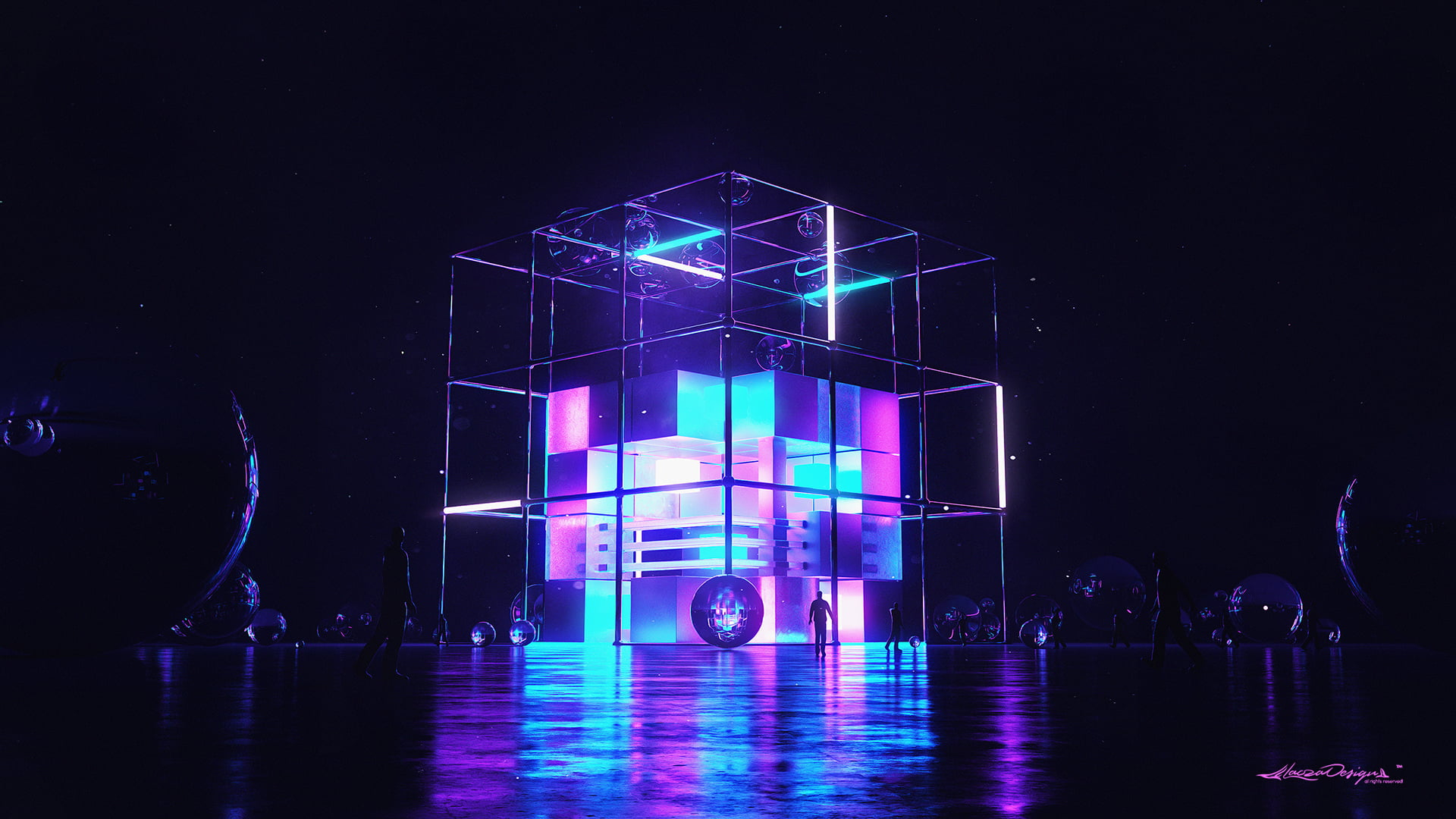

However, the existing static methods involving the use of embossed holograms offer limited protection against fake labels or patterns because they can be easily copied, although exact copies are difficult to produce. Responsive optical sensors can potentially be used for the advanced authentication of original documents, banknotes, and high-value products.

Fundamentally different technologies, often confused with holography, such as stereo photography, Victorian “Pepper’s Ghost” effect, (4) and liquid crystal display, (5) are not covered in this Review.
Neon hologram desktop control backgrounds how to#
This Review concludes with a discussion of gaps within the field and how to overcome the perceived limitations of holographic sensors. It also discusses the need for optical sensing, the fundamentals of holography, the origins of holographic sensors, holographic media and materials, fabrication techniques, sensing capabilities, readouts, and relevant theoretical studies. This Review mainly covers holographic sensor research from 1990 to 2014, but also refers to earlier literature for historical developments and fundamentals. The scope of this Review consists of the state-of-the-art techniques for producing holographic sensors, and their potential applications in research, industrial settings, and among the public.

The goals of this Review include integrating and summarizing what is known in holographic sensing, identifying where the major questions remain, and enabling others in the field to be able to replicate the existing experimental setups for fabricating and interrogating holographic sensors. The purpose of this Review is to (1) establish a theoretical framework for holographic sensing, (2) define terminology in holographic sensing, (3) demonstrate how holographic sensing fits into the existing body of sensing mechanisms, and (4) highlight gaps in the previous research.


 0 kommentar(er)
0 kommentar(er)
